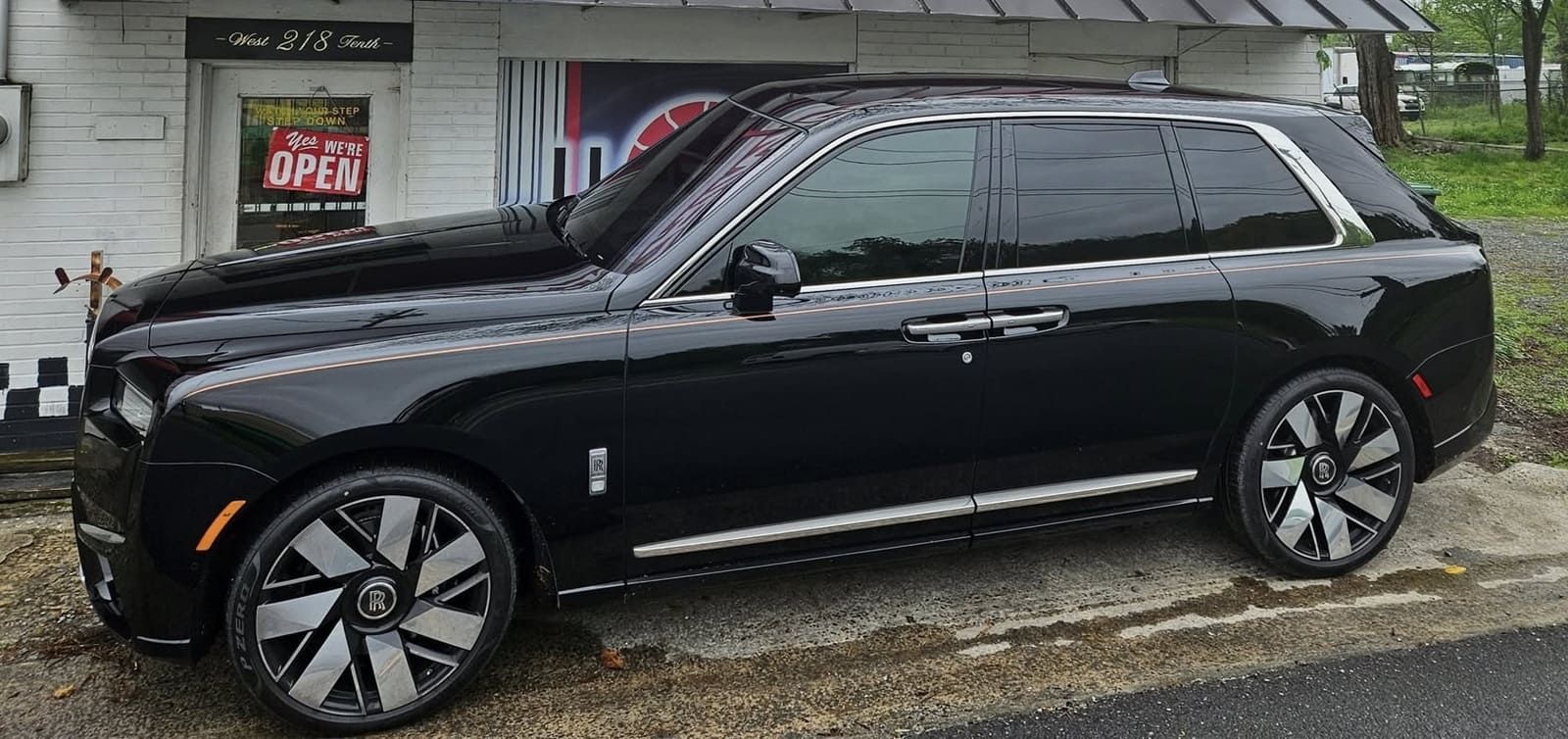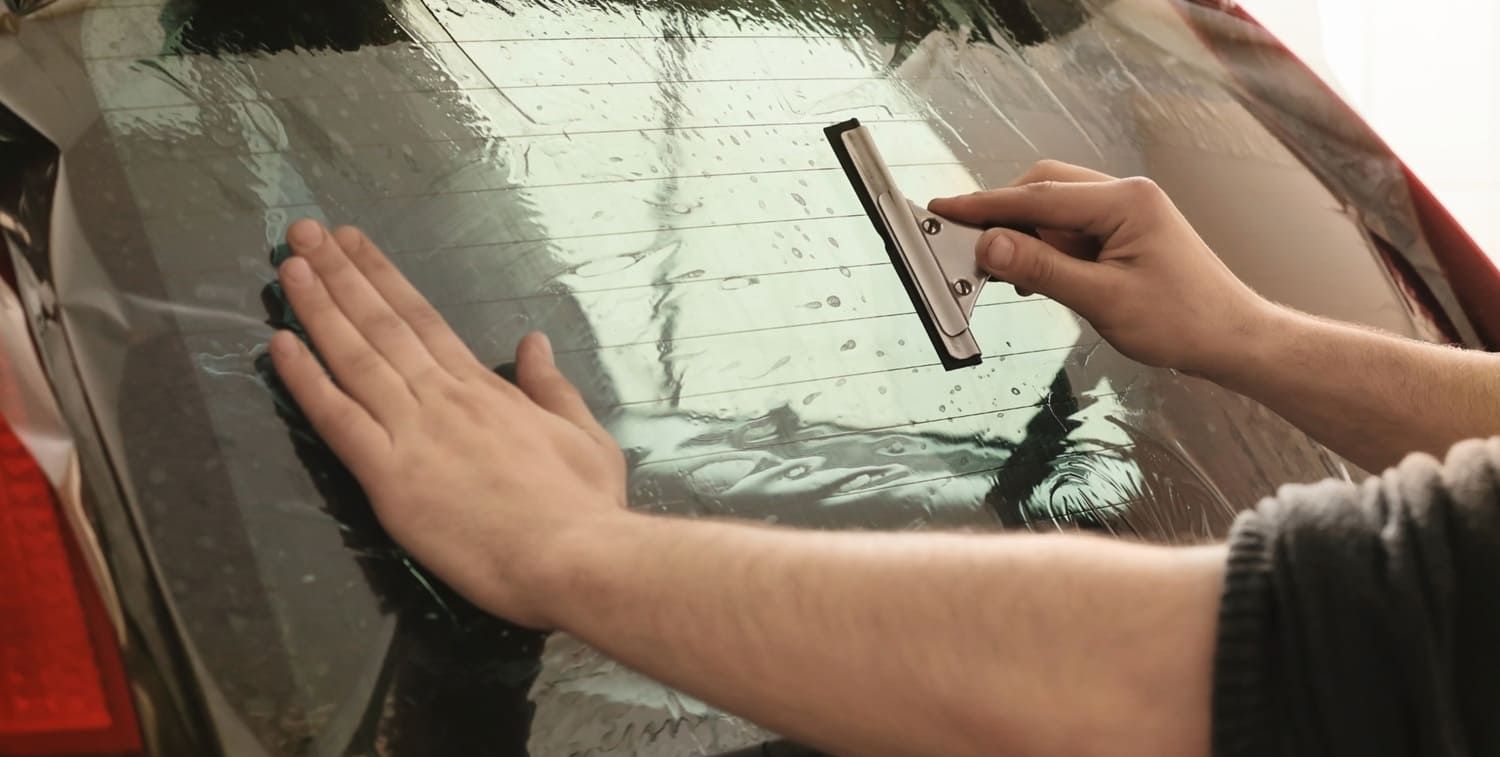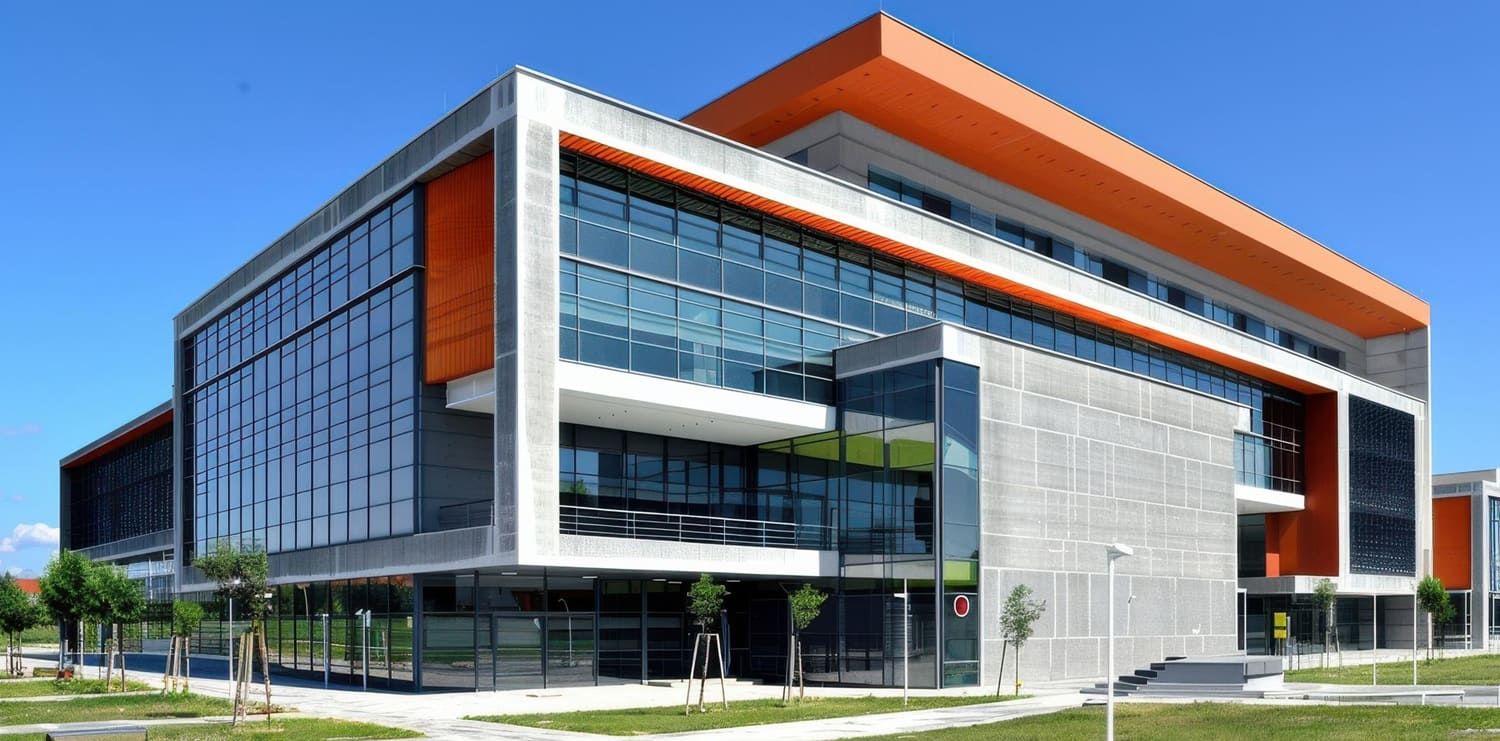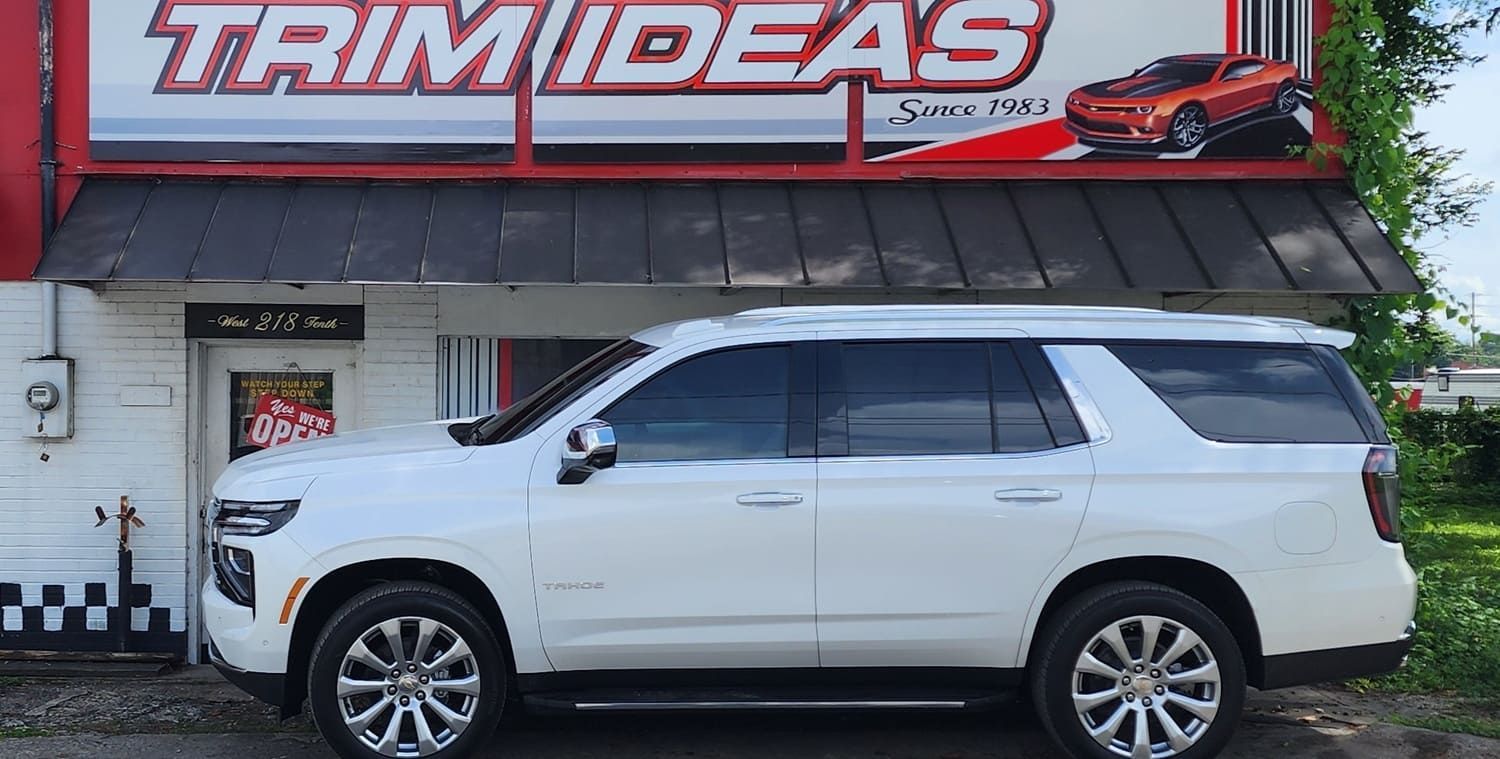Ceramic Tint vs Regular Tint: Key Differences
When it comes to window tinting, the array of options available might leave you feeling overwhelmed. Among the top choices in the market are ceramic tints and regular tints, each offering unique benefits and features. But what exactly distinguishes them, and how do you decide which one best suits your needs? In this article, we'll delve into the key differences between ceramic tint and regular tint, enabling you to make an informed decision for your vehicle or home.
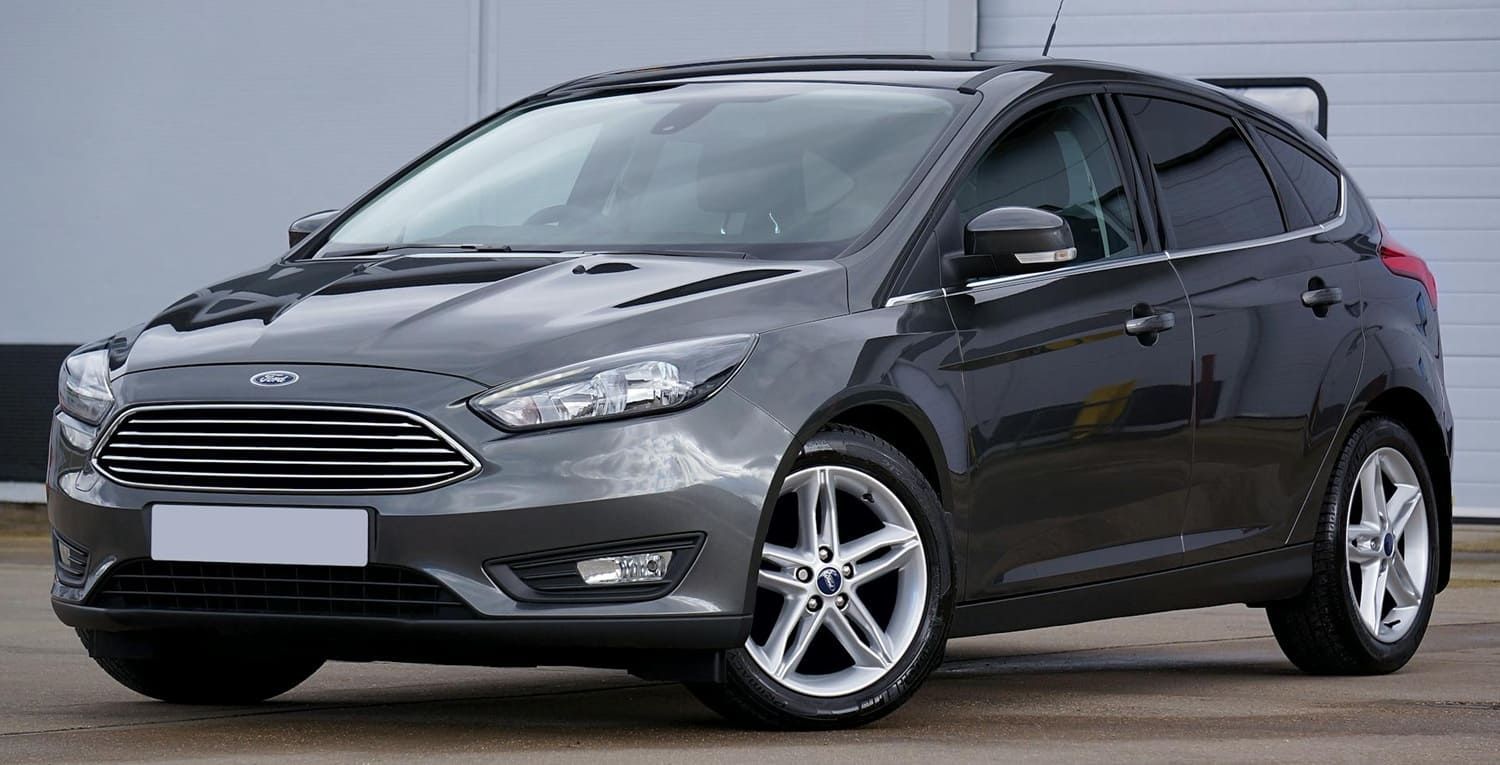
Understanding Window Tinting
Window tinting involves applying a thin film to the windows of your car or building, serving various purposes such as reducing glare, blocking harmful UV rays, and enhancing privacy. This simple yet effective modification can significantly impact the comfort and safety of your living or driving environment. However, not all tints are created equal, as the material and technology used in the tinting process can greatly influence the performance and benefits of the tint.
Moreover, window tinting can also contribute to energy efficiency by reducing the need for air conditioning, thus lowering energy bills. The choice of tint can also affect the aesthetic appeal of your vehicle or property, allowing you to customize the look to suit your personal style. Understanding the differences between the available options is crucial to selecting the right tint for your specific needs.
What is Regular Tint?
Regular tint, often referred to as dyed window film, is the most common and affordable type of window tint. It typically consists of a layer of dye sandwiched between an adhesive layer and a protective topcoat. The dye is responsible for absorbing solar heat, thereby reducing the amount of heat entering your vehicle or home.
The simplicity of regular tinting technology makes it an attractive choice for those seeking a straightforward solution to glare and heat issues. Additionally, regular tints are available in a variety of shades, allowing users to select a tint that aligns with their aesthetic preferences and privacy requirements. However, the performance of regular tints can vary based on the quality of the dye and the installation process.
Pros of Regular Tint
- Affordability: Regular tints are generally cheaper than ceramic tints, making them a popular choice for budget-conscious consumers. The lower cost does not necessarily mean lower quality, as many regular tints effectively serve their purpose for years.
- Basic Heat Reduction: They provide a modest level of heat reduction, sufficient for many climates and applications. This basic level of protection can still make a noticeable difference in comfort during sunny days.
- Variety of Shades: Available in various shades to suit your style and privacy needs, regular tints offer flexibility in achieving the desired look for your vehicle or building. This variety allows for customization without the need for advanced tinting technology.
Cons of Regular Tint
- Limited Heat Rejection: Regular tints don't reject as much heat as ceramic tints, which can be a drawback in particularly hot climates. The heat absorption method is less efficient compared to more advanced tint technologies.
- Fading Over Time: The dye can fade with prolonged sun exposure, reducing effectiveness. This fading not only affects the tint's appearance but also its functional ability to block heat and UV rays.
- Less UV Protection: Offers less protection against harmful UV rays compared to ceramic tints, which may be a concern for those prioritizing skin protection and interior preservation. This limitation can lead to quicker deterioration of interior materials.
What is Ceramic Tint?
Ceramic tint is a more advanced window film made with ceramic-based nanoparticles, offering a high-tech solution to window tinting needs. Unlike regular tints, ceramic tints do not contain any dyes or metals, which makes them a superior option for blocking heat and UV rays without interfering with electronic devices. This innovative technology provides a clearer, more durable, and efficient alternative to traditional tinting methods.
The ceramic particles used in these tints are non-conductive, meaning they do not interfere with electronic signals, making them ideal for modern vehicles equipped with a range of electronic devices. The advanced composition of ceramic tints also ensures that they maintain their effectiveness and appearance over time, providing long-term value and protection.
Advantages of Ceramic Tint
- Superior Heat Rejection: Ceramic tints excel at blocking heat, keeping interiors cooler, which can significantly enhance comfort and reduce reliance on air conditioning. This efficiency translates to potential energy savings over time.
- Excellent UV Protection: Blocks up to 99% of harmful UV rays, protecting your skin and reducing interior fading. This high level of protection is particularly beneficial for safeguarding interior furnishings and maintaining the longevity of your vehicle's interior.
- Non-Fading: Ceramic tints maintain their color and effectiveness over time, offering long-lasting performance without the risk of fading. This durability ensures that the tint continues to provide its intended benefits for years.
- No Signal Interference: Unlike metallic tints, ceramic tints do not interfere with GPS, cell phone, or radio signals, preserving the functionality of electronic devices. This feature makes ceramic tints particularly appealing for tech-savvy users.
- Enhanced Clarity: Provides clear visibility, even in darker shades, ensuring safety and comfort while driving or enjoying views from within your home. The clarity of ceramic tints is often cited as a key benefit by users.
Disadvantages of Ceramic Tint
- Higher Cost: Ceramic tints are more expensive than regular tints, which can be a consideration for budget-conscious consumers. The initial investment may be higher, but the long-term benefits often justify the cost.
- Installation Complexity: Requires professional installation to ensure optimal performance, which can add to the overall expense. Professional installation ensures that the tint is applied correctly, maximizing its benefits and lifespan.
Comparing Ceramic Tint vs Regular Tint
Heat Rejection Capability
One of the most significant differences between ceramic tint and regular tint is their heat rejection capability. Ceramic tints are designed to block a higher percentage of solar heat compared to regular tints. This means that interiors remain cooler, reducing the need for air conditioning and saving energy.
The superior heat rejection of ceramic tints is particularly beneficial in regions with intense sun exposure, where keeping interiors cool is a priority. In contrast, while regular tints provide some heat reduction, they may not be as effective in extreme conditions. This difference can impact the comfort and energy efficiency of your vehicle or building.
UV Ray Protection
Both types of tint provide some level of UV protection, but ceramic tints offer superior protection. They block up to 99% of UV rays, significantly reducing the risk of skin damage and fading of interiors. Regular tints offer basic UV protection, but not to the same extent.
The enhanced UV protection of ceramic tints is invaluable for those who prioritize health and the preservation of interior materials. Prolonged exposure to UV rays can cause skin issues and degrade upholstery, so the additional protection offered by ceramic tints can be a worthwhile investment.
Durability and Longevity
Ceramic tints are known for their durability and long-lasting performance. They do not fade over time, ensuring continued effectiveness. On the other hand, regular tints can fade, reducing their ability to block heat and UV rays.
This longevity makes ceramic tints a cost-effective choice in the long run, as they do not require frequent replacement or maintenance. Regular tints, while initially cheaper, may incur additional costs over time due to fading and reduced performance.
Cost Considerations
Cost is a crucial factor when choosing between ceramic and regular tint. Regular tints are generally more budget-friendly, making them an attractive option for those looking to save money. However, the long-term benefits of ceramic tint, including energy savings and UV protection, may justify the higher initial cost for many consumers.
When evaluating cost, it is important to consider not just the initial price but also the potential savings and benefits over time. Ceramic tints may offer greater value in terms of durability, performance, and protection.

Choosing the Right Tint for You
When deciding between ceramic tint and regular tint, consider your priorities. If budget is your primary concern and you only need basic heat and UV protection, regular tint might be sufficient. However, if you're looking for superior performance, long-term benefits, and enhanced comfort, investing in ceramic tint could be a wise choice.
Taking the time to evaluate your specific needs and circumstances can help you make a decision that aligns with your goals and budget. Consider factors such as climate, usage, and personal preferences when making your choice.
Consider Your Environment
The climate and environment where you live can also influence your decision. In hot, sunny areas, the heat rejection and UV protection offered by ceramic tints can provide significant comfort and protection. In milder climates, regular tint may be adequate.
Assessing the typical weather conditions in your area can guide you towards the most suitable option. For those living in regions with extreme sun exposure, the additional investment in ceramic tints may be well justified.
Evaluate Your Vehicle or Home Needs
Consider the specific needs of your vehicle or home. If you spend a lot of time in your car or want to protect valuable interior furnishings, the added benefits of ceramic tint may be worthwhile. Additionally, if your vehicle or property features advanced technology, the non-interference of ceramic tints with electronic signals can be a significant advantage.
Understanding the unique requirements of your situation can help you prioritize the features that are most important to you, ensuring that you choose a tint that meets your expectations and needs.
Conclusion
Both ceramic tint and regular tint have their pros and cons. While regular tint is more affordable and offers basic heat and UV protection, ceramic tint provides superior performance, durability, and enhanced protection. The best choice depends on your needs, budget, and environmental factors.
At Trim Ideas, we are a trusted LLumar Dealer and the best window tinting installers in Rome, GA, offering premium window tinting solutions for vehicles and homes. Our experts can help you choose the right tint to maximize comfort, protection, and style.
Choosing the right tint is an investment in safety and comfort. By considering performance, cost, and long-term benefits, you can select a tint that provides lasting value and meets your specific needs.
Get a free estimate today! Contact Trim Ideas for professional window tinting solutions tailored to you.





